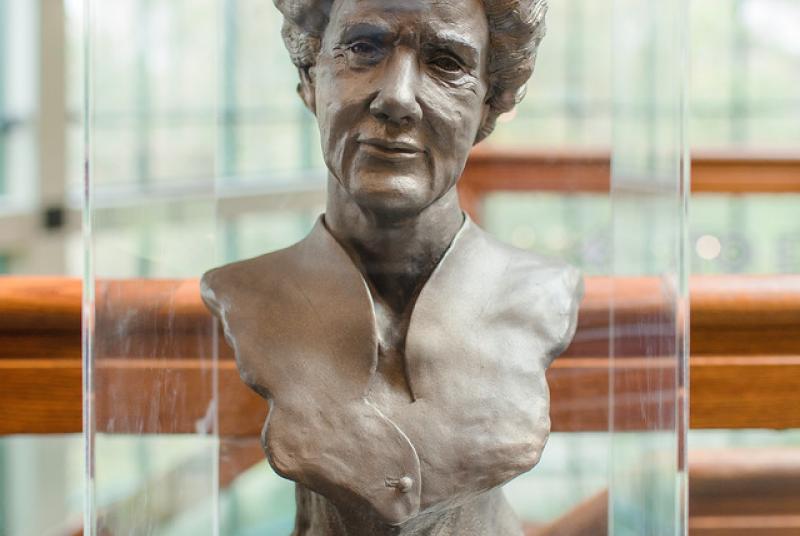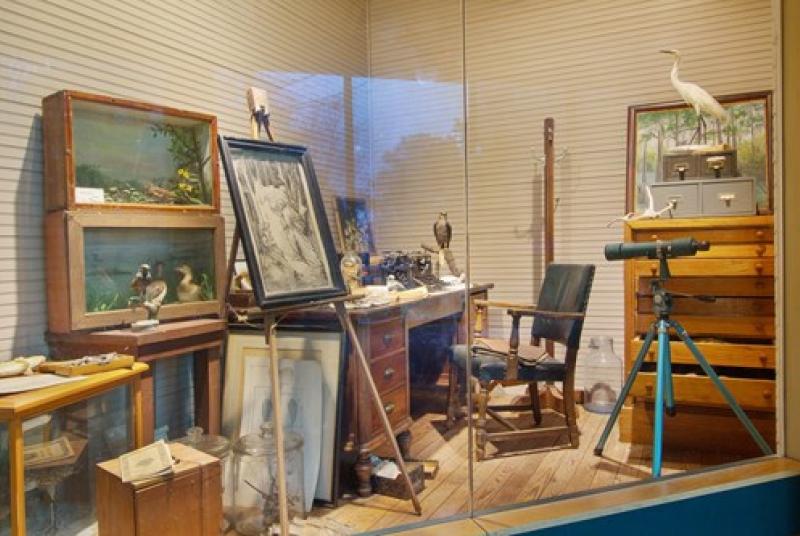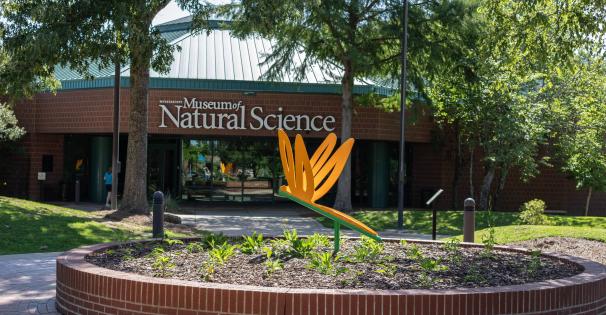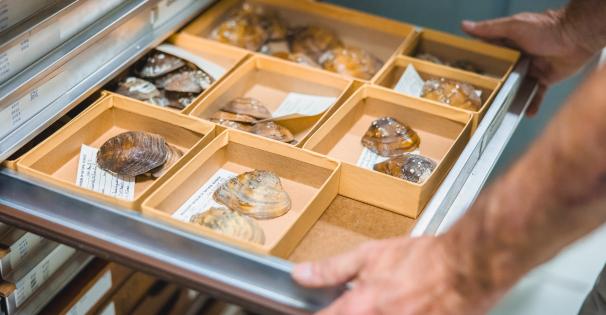
Fannye Cook and the Beginnings of the Museum
In the late 1920s, Francis 'Fannye' Cook led a grass roots effort to start the Game and Fish Commission. This grass roots effort largely included traveling education exhibits at local and state fairs. After the Commission was established by the legislature in 1932, Ms. Cook wrote the state's first game laws, and became the Museum's first director, thus founding the Mississippi Museum of Natural Science.
Fannye Cook was primarily a biological researcher. Though unseen by most visitors to the museum, the biological research collections provide the foundation upon which much of our knowledge of animals, plants, and fossils is based, and most of these collections have their origins in the mid-1930's when Fannye Cook sought to document the flora and fauna of Mississippi through a statewide plant and animal survey.
Drawing on skills acquired as a museum worker at the Smithsonian Institution and backed by federal funding from the Works Progress Administration, Cook established 18 satellite museums around the state and trained field collectors in the methods of collecting and preparing museum specimens.
Between 1936 and 1941, thousands of specimens of birds, mammals, fishes, amphibians, reptiles, mollusks, and other life forms were collected, catalogued, and curated. This work became the basis for a number of Cook's scientific publications such as Freshwater Fishes of Mississippi and Snakes of Mississippi. Cook's own work was said to rival that of the United States Biological Survey. The Survey had previously conducted extensive research on flora and fauna throughout the United States, utilizing Cook as a consultant for species identifications.
We owe an incalculable debt to Fannye Cook who had the foresight and determination to document the flora and fauna of our state. Most of the specimens collected by Cook and her colleagues remain carefully preserved in our collections and are used today by Museum staff and other researchers. The administration of the Mississippi Museum of Natural Science made a commitment years ago not only to safeguard these historic collections, but also to continue to build upon our biological collections as a resource of immense value to present and future scientists.
Fannye said, "In collecting specimens throughout the state, I have run into many interesting situations and have had many thrilling experiences. Wading through acres of swamp water infested with alligators and cottonmouth moccasins to reach heronries in which not only herons but Louisiana water turkeys, bitterns, rails, gallinules, grebes and other water-loving species were photographed or collected, gives rise to emotions of fear and exhilaration not produced by any other experience.





